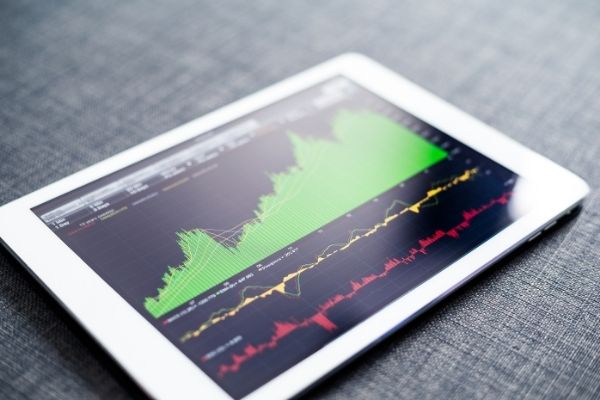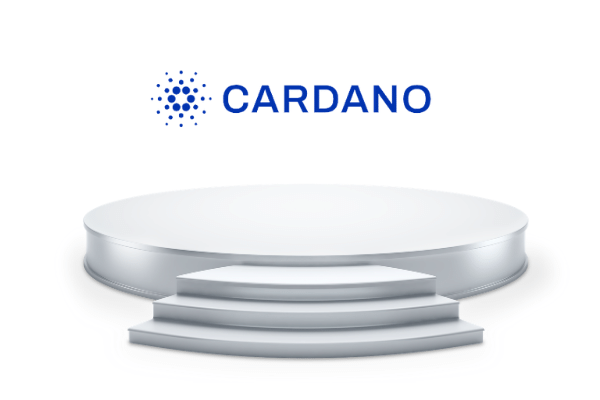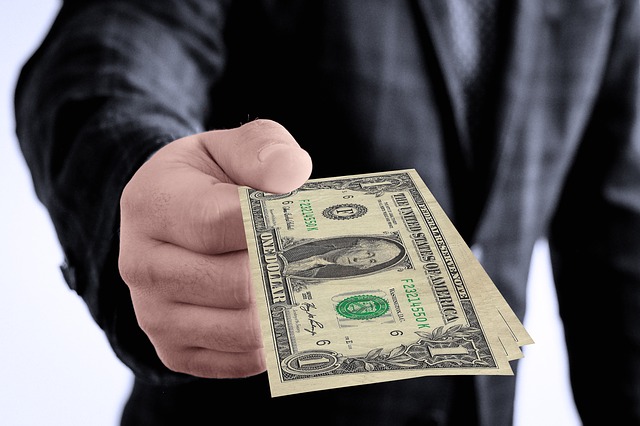
- U.S. Consumer Price Index saw inflation sink to 8.5% in July, down from a high of 9.1% in June.
- Investors are betting that the Fed’s September meeting won’t include a third consecutive 75-basis-point hike, with the odds of rates being increased by that amount falling to less than half, but the euphoria may be somewhat overdone.
With an inflation print that defeated most expectations, U.S. equities surged higher on hopes that the U.S. Federal Reserve will less aggressive in its upcoming rate hikes, despite policymakers articulating to the contrary.
U.S. Consumer Price Index saw inflation sink to 8.5% in July, down from a high of 9.1% in June, helped largely by a decline in oil prices that helped to bring down prices at the pump to just slightly over US$4 a gallon, from a high of around US$5.
Market observers caution that policymakers will want to see durable evidence of slowing inflation before they begin to consider a pivot on interest rates, but that did little to slow risk appetite in a market increasingly bereft of good news.
Investors are betting that the Fed’s September meeting won’t include a third consecutive 75-basis-point hike, with the odds of rates being increased by that amount falling to less than half, but the euphoria may be somewhat overdone.
Looking at the bond markets, the yield curve remains steeply inverted, with near-term bonds yielding far more than long-dated securities suggesting that traders are still pricing in higher than even odds of a recession sparked by the Fed.
Given that both bonds and stocks are likely to get dumped should the Fed stick to its path of tightening, investors may be better off looking beyond a traditional 60/40 equity-fixed income portfolio and diversify into real assets such or predictable inflation hedges.
Oil prices are volatile and much of the recent pullback has come from diminished demand prospects in China as well as the Biden administration dipping into the strategic reserve.
Wheat futures and other key agricultural products have come down from their most recent highs, which may also help to ease some of the price pressures on Americans, but inflation remains at uncomfortably elevated levels.
August’s inflation print will be a key determining factor for the Fed’s September meeting response.
If price pressures continue to ebb, as they are likely to with the Biden administration pulling out all the stops to rein in inflation ahead of key midterm elections, which risk the Democrats losing one or both Houses of Congress, then it may provide the necessary justification for policymakers to raise rates by just 0.50% despite all the saber-rattling.



